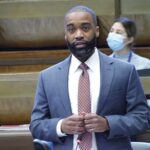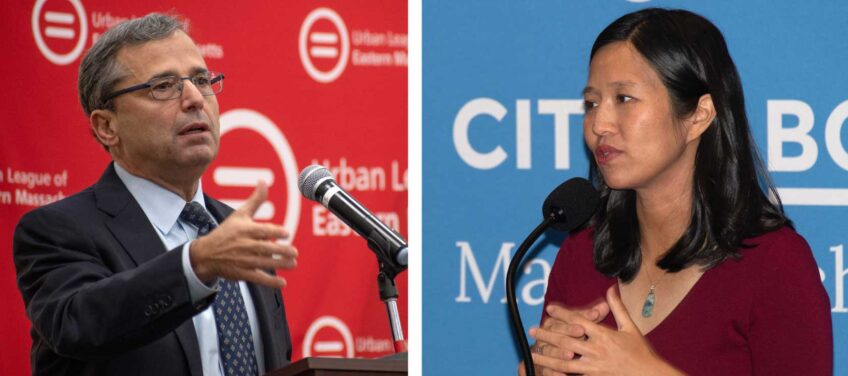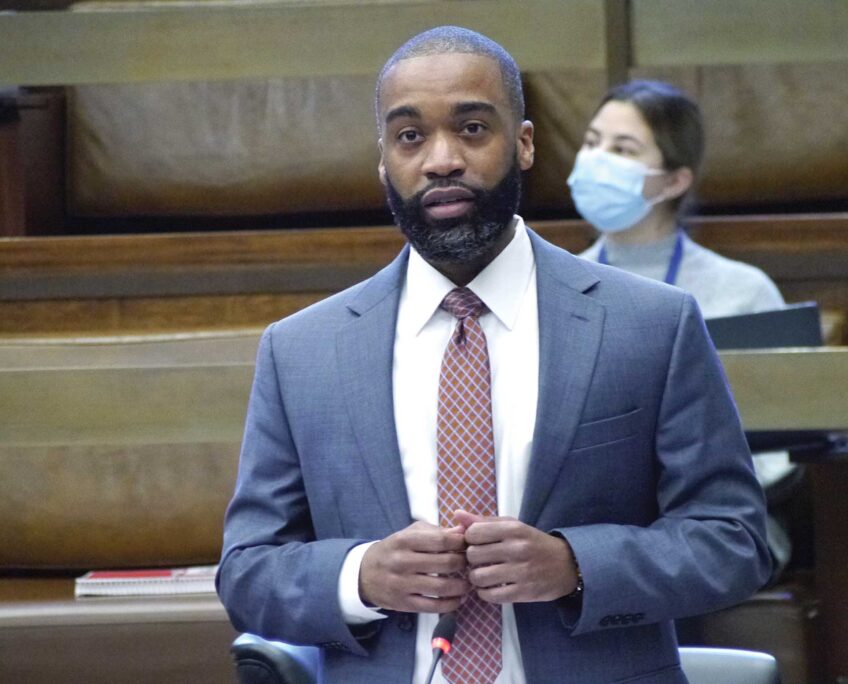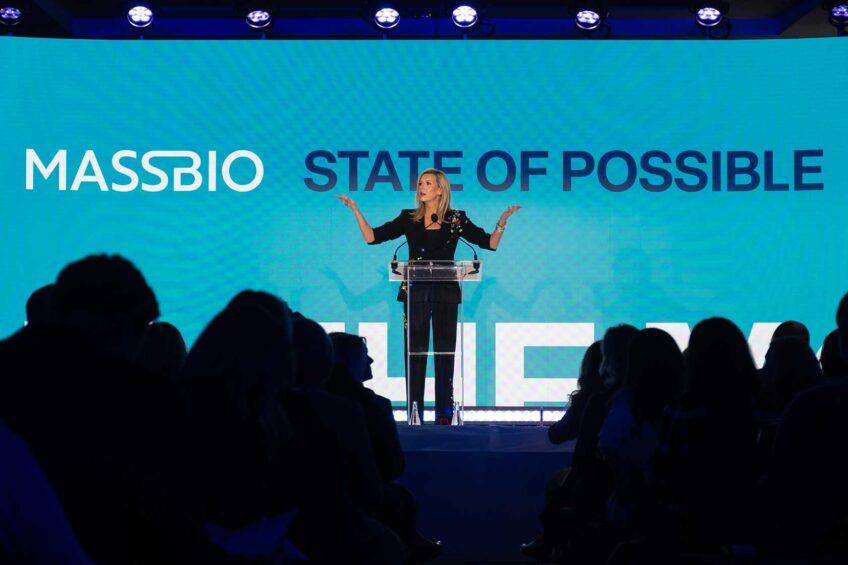Candidates line up for 9th Suffolk special election
Three have opened campaign accounts for May 2 primary
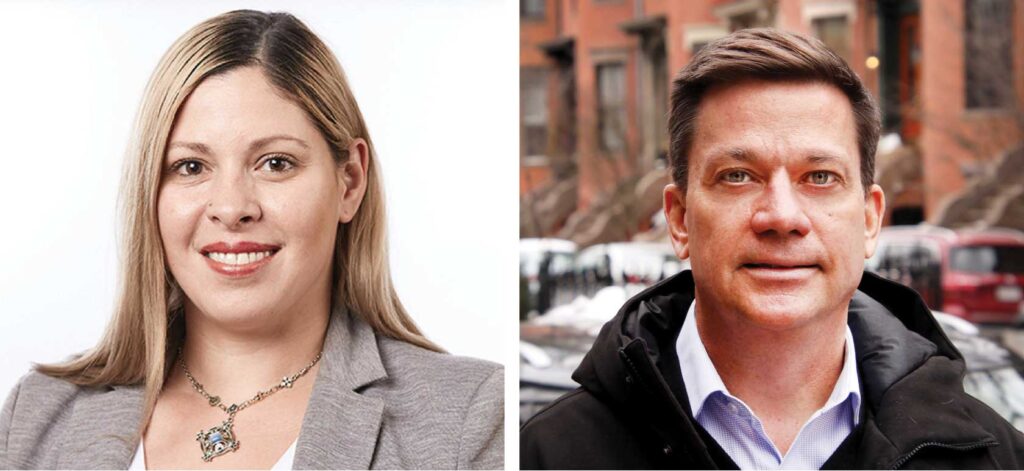
Several candidates have now entered the race for the 9th Suffolk District House seat, following the resignation of Jon Santiago on March 1 after he was tapped by Gov. Maura Healey to be the Veterans’ Affairs secretary. Santiago first won the district in 2018 against long-time incumbent Byron Rushing, who had held the seat since 1983.
The three candidates running to represent the 9th District are Amparo “Chary” Ortiz, John Moran and Brian Kearney. While Kearney threw his hat into the ring in February, both Ortiz and Moran joined during the past week.
The special election will come five months after the 9th Suffolk District was redrawn following the 2020 census. The district, which previously contained parts of Back Bay and Fenway-Kenmore, now consists of the South End and parts of Dorchester.
Amparo Ortiz
Ortiz has worked at the Boston University School of Public Health for the past 15 years and is currently serving as the assistant director of academic partnerships. As a South End native, she has watched the neighborhood transform over the past few decades.
Ortiz said community members encouraged her to run for the House seat because they thought she would be good representative, since she was on the boards of both the Blackstone Community Center and the South End Community Health Center.
“Now is the time for me to be able to go back into my community,” she said. “There were needs before. I can’t imagine, after going through the COVID lock-up, what the needs look like now. So I think it’s important that I’m someone who is not only born and raised here, but also has lived the experiences myself, going through having public assistance support.”
Ortiz said she feels there is a “disconnect” between the low-income and wealthy populations in the district. One of her main concerns is housing affordability and making sure affordable housing units are accessible to all income levels.
“I would like to change that structure, so that more people are able to say, ‘I can afford a condo that is over there.’ And they can feel comfortable enough to say, ‘Let me apply,’ because everybody should have the right to live in nice places,” she said.
John Moran
Moran, originally from Scranton, Pennsylvania, has lived in the South End for 24 years and is an associate director at Biogen. He said he first moved to the South End because it was very accepting toward people who were gay.
“I was in my 30s and I wasn’t really comfortable as a gay man,” Moran said. “I wanted a community where I would feel more accepted.”
He said he is running to represent the district because he feels it’s time for him to help the community on “a full-time basis.” For the past year-and-a-half, Moran worked on the advisory council for City Councilor Tania Fernandes Anderson, an experience he said encouraged him to enter the race.
“I was leveraging my business skills to contribute to the community,” he said. “I really feel like the time is right for me to give back to a community that has given me so much over 24 years.”
Moran said his biggest concerns are housing affordability, the humanitarian crisis at the intersection of Massachusetts Avenue and Melnea Cass Boulevard, and making sure resources are available to everyone regardless of their zip code.
“We need to make sure we can bring everyone in our district up,” he said. “I am committed to equality and equity. We could all work together to build a better district.”
The primary will be May 2 and the final election May 30.
Kearney did not respond to a request for comment on this story.
The 9th Suffolk
The district has long been represented by people of color, with Rushing from 1983 to 2018 and Santiago from 2019 until this year. Anthony Collins, a political strategist who’s worked on numerous Boston campaigns, said the change in demographics after redistricting might mean there is a greater chance for a white candidate to represent the district in the State House.
“I definitely do think there’s a good chance that it’s not necessarily a person of color anymore, just because the way that district has been trending already before the redistricting,” Collins said. “It might make advocacy in the South End a little bit tougher for the people of color who live there.”
For special elections, Collins said, candidates really need to get their message across to their base so that people turn out to vote.
“I don’t think there’s any real way to combat [low turnout rates],” he said. “It’s just … a reality of special elections. All you can really do is try to get your base to be the loudest one.”


